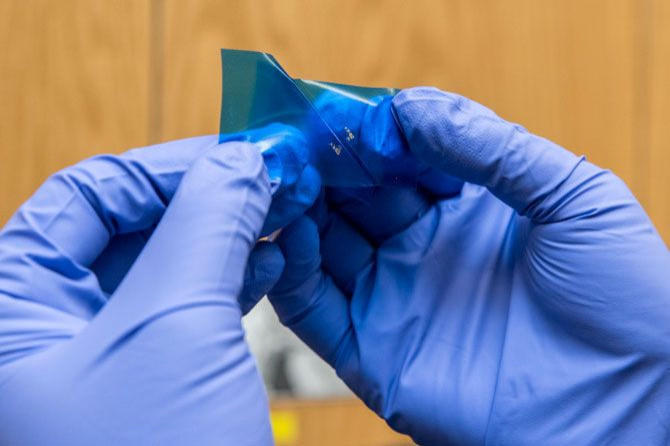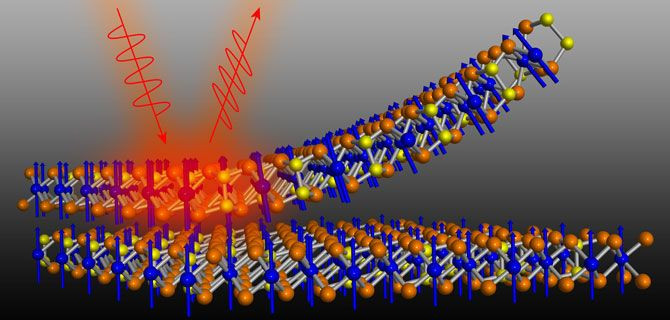New Magnet With Atom-Thin Layers Discovered By Berkeley Lab Scientists

Less than two weeks after an international team of researchers announced the discovery of two new magnetic materials, another team, led by scientists from the Department of Energy’s Lawrence Berkeley National Laboratory (Berkeley Lab) announced Wednesday another new magnetic material. The researchers found intrinsic ferromagnetism in a material which can be separated into atom-thin layers.
Called van der Waals materials, the most famous of the group is graphene. These materials display the highly unusual property of existing in two dimensions alone, with the third — the thickness — being only one atom. And that gives them some very unusual properties. For instance, the different layers can be peeled off using sticky tape.
Read: Two New Magnetic Materials Discovered
The new magnetic material discovered is a compound called chromium germanium telluride (Cr2Ge2Te6, or CGT). It has existed as a bulk material for a long time, but it was only recently that scientists began studying it in its atom-thin form.

Berkeley Lab researcher and lead author of a study about CGT, Cheng Gong, said in a statement Wednesday: “Thin films of metals like iron, cobalt, and nickel, unlike 2D van der Waals materials, are structurally imperfect and susceptible to various disturbances, which contribute to a huge and unpredictable spurious anisotropy. In contrast, the highly crystalline and uniformly flat 2D CGT, together with its small intrinsic anisotropy, allows small external magnetic fields to effectively engineer the anisotropy, enabling an unprecedented magnetic field control of ferromagnetic transition temperatures.”
Another interesting finding of the study showed researchers could control and vary the temperature at which CGT lost its magnetism — a property known as Curie temperature.

The facts that ferromagnetism is intrinsic to CGT, and that it is also a semiconductor, make it especially appealing for scientific applications in the fields of nanoscale memory, magnetic sensors and spintronic devices.
“The opportunities to combine different materials to develop new functionalities are appealing. This offers a huge amount of flexibility in designing artificial structures for diverse magneto-electric and magneto-optical applications,” co-senior author Steven Louie from Berkeley Lab said in the statement.
The study was published Wednesday in the journal Nature.
© Copyright IBTimes 2025. All rights reserved.





















